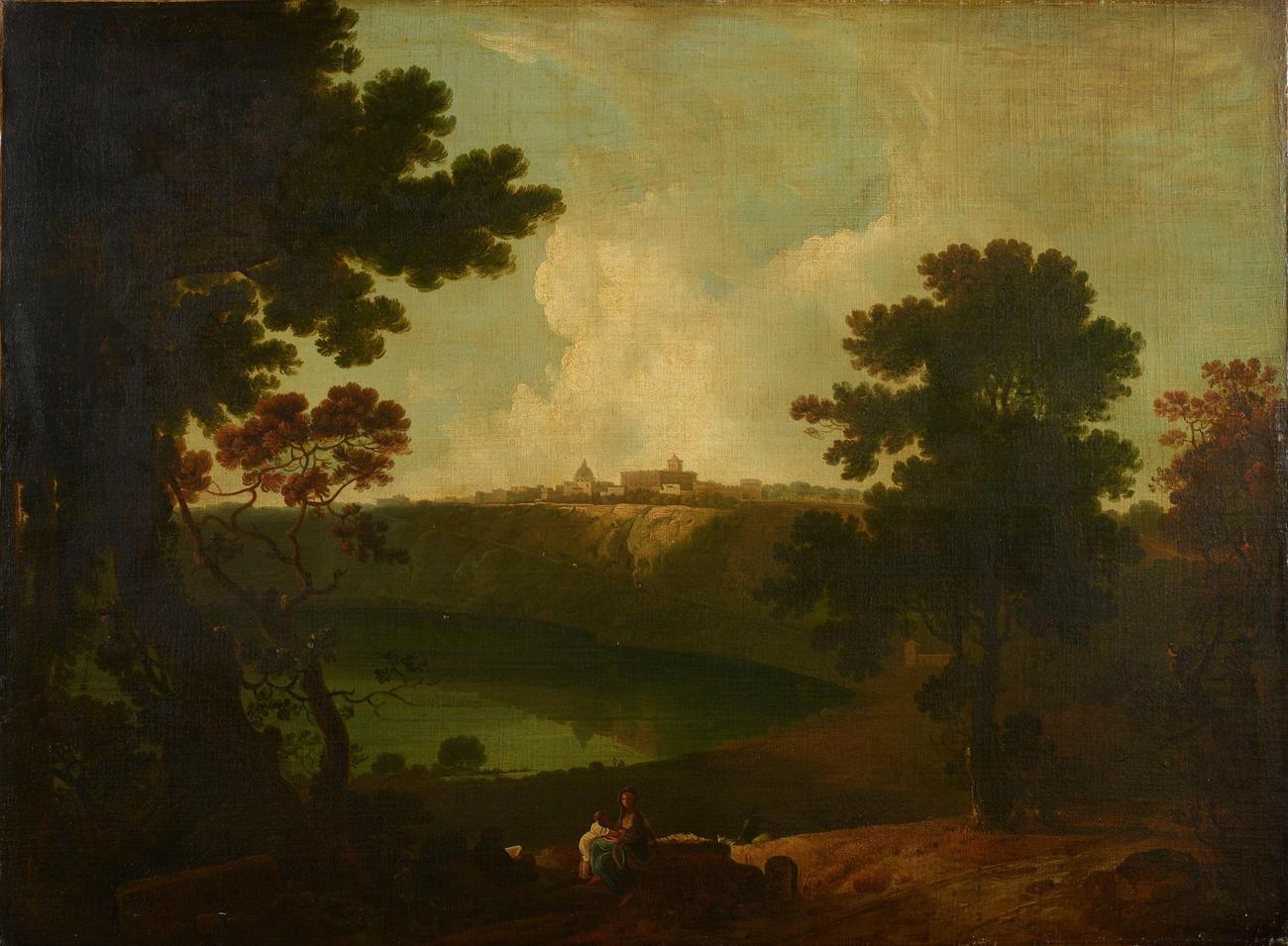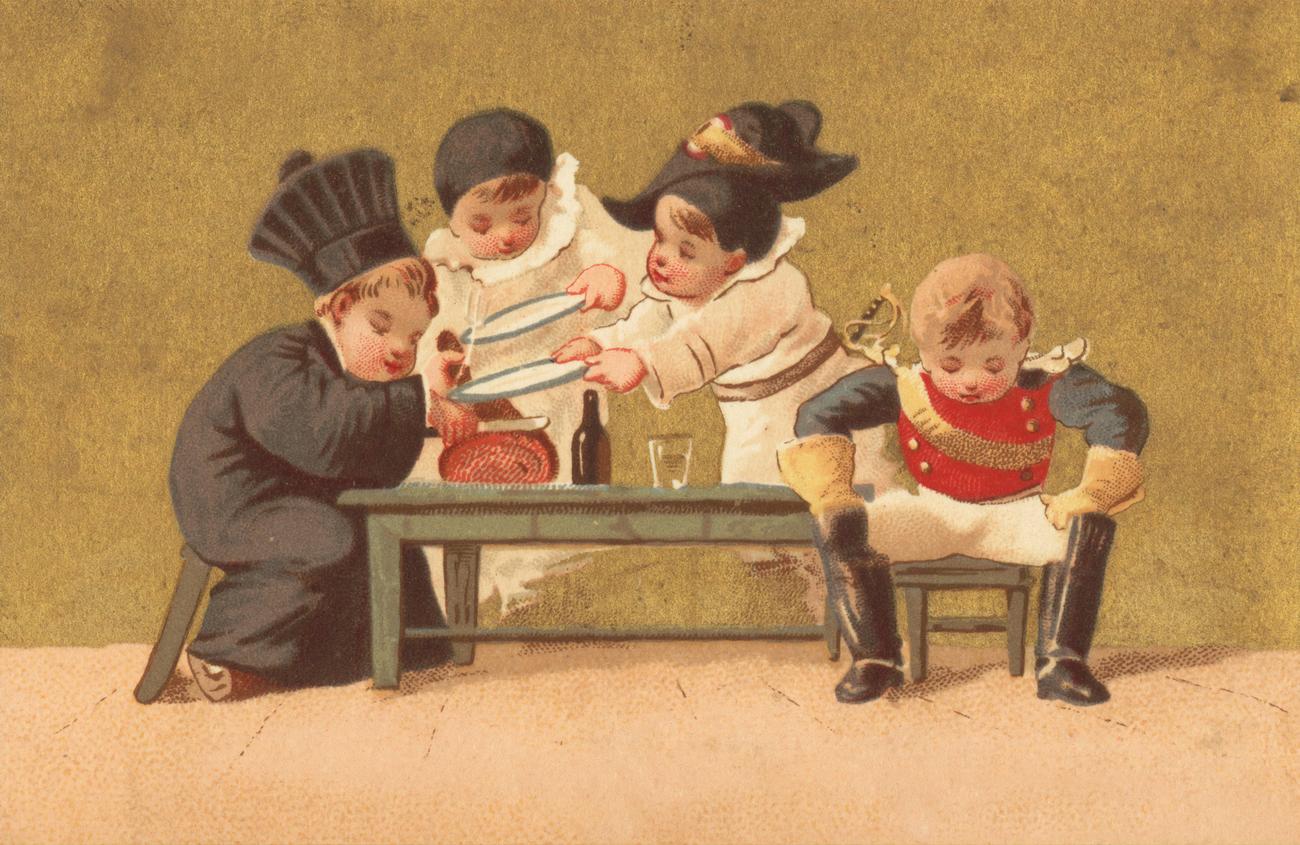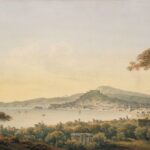Are you ready to uncover the secrets of art painting? Prepare to be captivated by a whirlwind tour through the fascinating world of brushwork techniques and symbolic meanings in art. In this article, we will delve into the realm of art painting and explore the intriguing fun facts that lie beneath the surface. From deciphering the hidden messages behind brushstrokes to unraveling the symbolism that permeates every stroke of the paintbrush, get ready to embark on a journey of discovery. Whether you are a seasoned art enthusiast or a curious novice, join me as we unlock the secrets of art painting together.

Fun Facts About Art Painting: Unlocking the Secrets of Brushwork and Symbolism
Painting, an ancient form of human expression, has been a beloved art form for thousands of years. As an art writer and curator, I have had the pleasure of uncovering fascinating facts about art painting that will amaze and delight art enthusiasts. So, let’s dive into the captivating world of art painting and discover some intriguing fun facts!
Did you know that people have been painting for as long as 30,000 years? It’s incredible to think about the early humans who used natural pigments to create beautiful cave paintings. These ancient artworks provide us with a glimpse into the lives and cultures of our ancestors.
In the 14th century, a groundbreaking development occurred in the art world – the birth of oil painting. This technique revolutionized art, allowing artists to achieve greater depth, richness, and clarity in their paintings. The earliest known oil paintings date back to this period and continue to astound us with their vibrant colors and intricate details.
Here’s a fun fact that might surprise you: artists used to store their paint in animal bladders. While this may sound unusual to us today, it was a practical solution for keeping paint fresh and portable in the past. Thankfully, modern artists have a wide range of paint storage options available to them!
The art world experienced significant changes during World War II, and the paint industry was no exception. Due to supply shortages, artists had to adapt their techniques and materials. Some turned to household paints and unconventional substances, resulting in unique and innovative works of art. These wartime hardships left a lasting impact on the art community.
Fast forward to the 1950s, when another revolutionary development took place in the art world – the introduction of acrylic paint. Prior to this, artists primarily used oil paints. Acrylic paint offered a new, water-based alternative that allowed for quick drying times and versatility in application. This groundbreaking invention opened up exciting possibilities for artists to explore and experiment with new techniques and styles.
Speaking of drying times, did you know that oil paint takes about two weeks to fully dry? This slow drying process gives artists the flexibility to make changes and adjustments to their paintings over an extended period. It also allows for the creation of detailed brushwork and layered textures that enhance the overall visual impact of the artwork.
Before diving into the actual painting process, most artists prepare their canvas or chosen surface. This preparation includes priming the surface with gesso, a white paint-like substance that provides a smooth and stable foundation for the artwork. By taking the time to prepare the canvas, artists ensure the longevity and quality of their paintings.
Now let’s explore the different stages of the painting process. The divide stage involves breaking down the canvas into major areas and plotting the background for each area. This initial planning helps artists establish a strong composition and framework for their artwork.
Moving on to the layer stage, artists begin plotting layers of paint over each other to create the desired shapes and forms in each area. This step adds depth, dimension, and texture to the painting, capturing the viewer’s attention and evoking a sense of realism or abstraction.
Finally, we come to the touch-up stage, which requires extra effort and attention to detail. During this final phase, artists carefully refine their brushwork, make necessary corrections, and add intricate details. This stage is crucial in achieving a polished and captivating final result that truly captivates the viewer.
To summarize the key points of these intriguing art painting facts:
“From the ancient cave paintings to the innovative techniques of oil and acrylic paint, the world of art painting has a rich history of evolution and exploration. Artists have overcome challenges, adapted to changing circumstances, and pushed the boundaries of their craft. By understanding the fascinating facts behind brushwork, symbolism, and the creative process, we gain a deeper appreciation for the artists and their remarkable works of art.”
Creating art is a labor of love that requires skill, creativity, and dedication. Through the brushstrokes and symbolism, artists communicate their thoughts, emotions, and perspectives with the world. So, the next time you admire a painting, take a moment to appreciate the rich history and extraordinary techniques that have shaped the art we know and love today.
Now that you’ve unlocked these intriguing fun facts about art painting, join me in celebrating the beauty and wonder of this timeless art form.
Art has always been a fascinating subject that ignites curiosity and sparks creativity. Whether you are an art enthusiast or simply curious about the world of art, you won’t want to miss out on these mind-blowing facts about art. From the mysterious smile of Mona Lisa to the breathtaking brushstrokes of Van Gogh, art has the power to captivate and inspire. If you are yearning to dive deeper into the world of art, click here to explore some fascinating facts about art: facts about art. Prepare to be amazed as you uncover the hidden stories, techniques, and masterpieces that make the art world truly mesmerizing.
FAQ
Question 1
What is the oldest known form of art painting?
Answer 1
People have been painting for as long as 30,000 years.
Question 2
When were the earliest oil paintings created?
Answer 2
The earliest known oil paintings date back to the 14th century.
Question 3
What did artists use to store their paint in the past?
Answer 3
Artists used to store their paint in animal bladders.
Question 4
How did World War II impact the paint industry?
Answer 4
World War II brought changes to the paint industry.
Question 5
When did acrylic paint become commercially available?
Answer 5
Acrylic paint only became commercially available in the 1950s.
- Mastering Leader in Spanish: The Complete Guide - April 19, 2025
- Uncovering Surprising Parallels: England Size Compared to US States - April 19, 2025
- Old Mexico Map: Border Shifts 1821-1857 - April 19, 2025
















